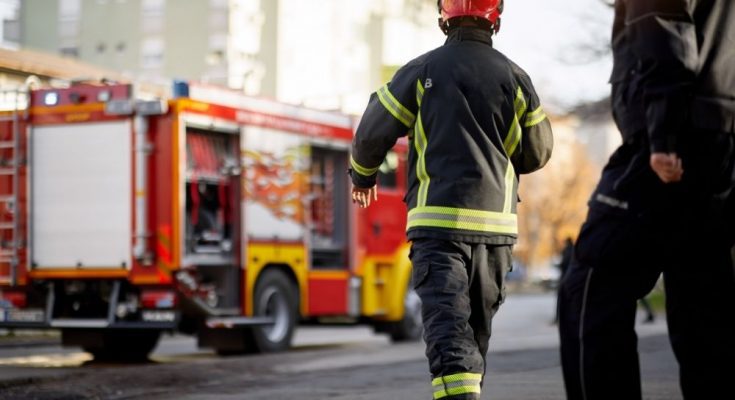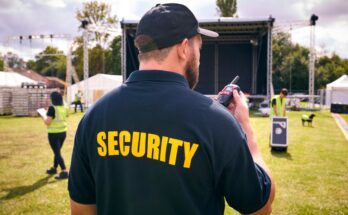Every department uses a different fire apparatus design, which is why it’s important that you learn what features will make for the best fire apparatus. You don’t want a vehicle that won’t provide the basics in an emergency. Here are a few basic design tricks for a fire apparatus that’ll help you understand what you need for your vehicles.
Find Your Needs
The first thing you should do is identify the conditions your vehicle will work under so you can adjust accordingly. There’s no standard horsepower or pump strength across the nation, as each department works in different conditions. Work with other professionals in your area to understand what your vehicle needs the most and add that into your design.
Focus on Fulfilling the Basics
After figuring out your unique circumstances, you should focus on the basic tools every apparatus needs for its simple functions. Although the bells and whistles might seem nice, your budget will likely limit what you can get. Focus on the important functions first, then add on more if you’ve space and budget left over.
Plan for Gear
One mistake many people make when planning a vehicle layout is not accounting for all the gear they need. Try physically examining all your gear and creating space for each item in your design, as this helps with efficiency and response time. You can learn more about what gear is necessary for emergency response vehicles here.
Prioritize Efficiency and Safety
The last of the basic design tricks for a fire apparatus involves focusing on increasing both the efficiency of the vehicle and the safety of those who work with it. Your design should make everything as convenient as possible and factor in the risks of quickly loading and unloading gear to ensure no injuries occur.
These are just the basics of what you should consider when creating a design for your fire apparatus. Focusing on learning about the basic requirement of your department will improve your design and help everyone immensely.


